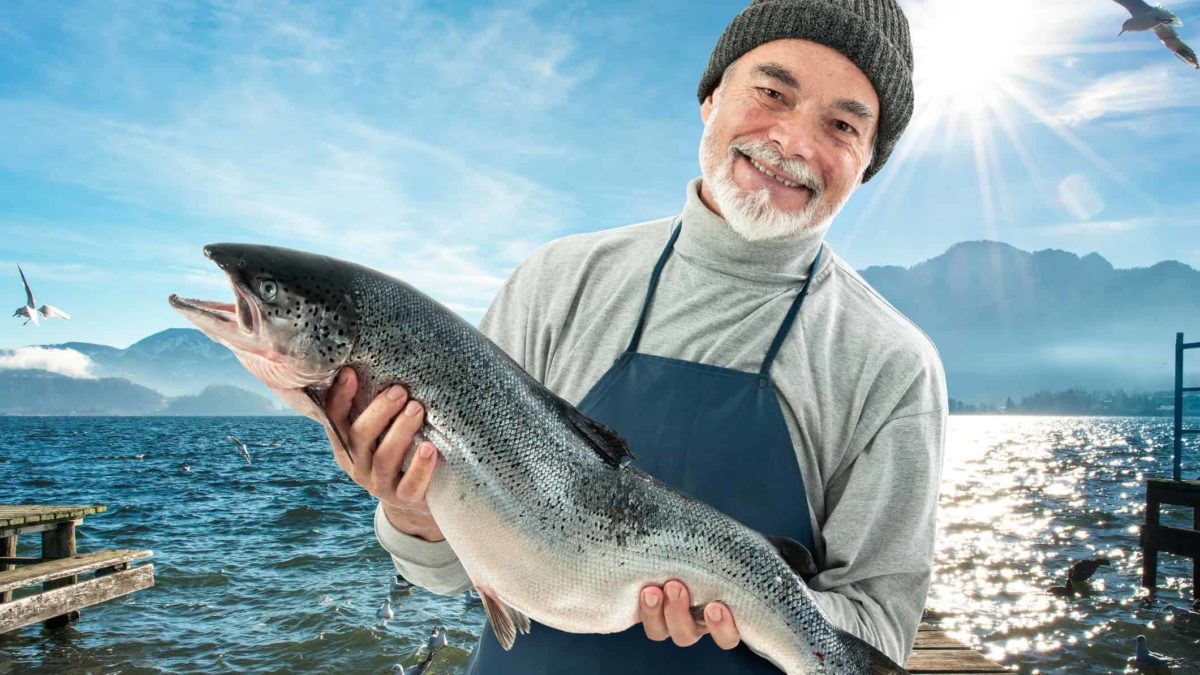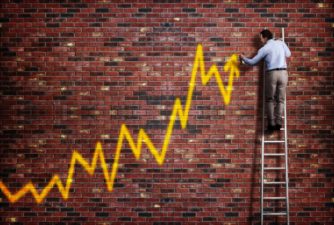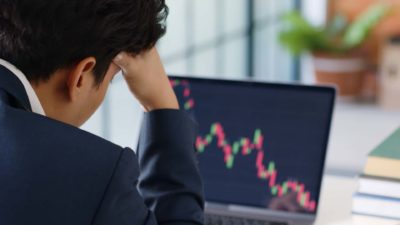Seaspiracy – you've probably seen it trending on Netflix – you might have even watched it. The film delves into the environmental and ethical impacts of fishing. Covering topics ranging from bycatch and overfishing to seafloor deforestation and slave labour.
Which casts a very gloomy cloud over the sustainability of ASX-listed aquaculture shares.
Unsure why? Let me elaborate.
Seaspiracy questions the very fabric of sustainability
The general thrust of the film is that there is no such thing as 'sustainable fishing'. This is disconcerting if you're a shareholder in an ASX-listed aquaculture company, thinking it was an ethical investment.
In what has quickly become a point of contention, the film points to an assortment of debilitating predictions and 'facts' – including the prediction that oceans will be empty of life by 2048; 46% of the Great Pacific garbage patch is made up of fishing nets; that salmon farms require more fish to make their feed than the farms produce.
All plastic in the oceans is harmful to marine life, but one type of plastic pollution is especially deadly – Fishing gear.
Why is it more deadly?
Fishing gear is designed to catch and kill marine life, and it continues to do that even when it is abandoned or lost at sea. pic.twitter.com/OxdGaT9O1u
seaspiracy (@seaspiracy) April 5, 2021
I use the term 'facts' loosely simply due to the continued dispute over them. Whether or not the details are factual, I'll leave for others to decipher.
I myself am a Tassal Group Ltd (ASX: TGR) shareholder. And I'll admit, the film made me jump back on the computer to have a look at what the salmon producer's 'sustainable' initiatives really are.
Which prompted a whole new methodology for evaluating such companies… sustainability itself. After all, it's not very wise to be invested in a company that's destroying its own industry.
Sustainability of our ASX salmon shares
Getting to the point – there are three dominant ASX-listed players when it comes to salmon production in Australia and New Zealand.
Each has various sustainability goals and initiatives – and invariably, different ways of reporting them. But let's not let that stop us from taking a look at what efforts each company is making.
New Zealand King Salmon Co Ltd (ASX: NZK)
The New Zealand-based King salmon producer is the smallest ASX-listed company on the list, with a market capitalisation of $195 million. Yet, New Zealand King Salmon still has a whole section in its annual report dedicated to environmental sustainability.
The company commissioned a Life Cycle Analysis report to measure its own carbon footprint and determine areas for improvement, for starters. The report found that improvements could be made in its feed conversion ratios (FCR) and reducing animal by-products in the Salmon feed.
Interestingly, NZK pointed out the complexity of these two endeavours. Due to the unique nutritional needs of King salmon, the only way to decrease land animal proteins is to increase marine protein, which poses a conundrum.
Despite this, the company decreased its reliance on fish meal in its feed by 7.7% from 2019 to 2020. While also reducing its FCR by 2% over the same period.
The company has also committed to 100% reusable, recyclable or compostable packaging across its business by 2025.
Huon Aquaculture Group Ltd (ASX: HUO)
Huon is the next largest ASX-listed salmon producer on the list, with a market capitalisation of $290 million. Predominantly in the Tasmanian region, the company farms Atlantic salmon.
On the surface, Huon appears to be more comprehensive with its sustainability reporting than NZK. Additionally, it is the only seafood producer participating in the RSPCA Approved Farming Scheme, meeting detailed animal welfare standards.
Notably, the company's feed formulation has dramatically increased its composition of vegetables, making up 60%, compared to 31% in 2015. This is aimed at addressing FCR.
On top of this, Huon incorporates other sustainable practices, including:
- 'Wellboats' for treating amoebic gill disease by bathing the salmon in freshwater;
- Maintaining a stock density at half the 15 kilograms per cubic metre maximum allowed by the RSPCA;
- Spelling the seabed between restocking, allowing the seafloor to return to baseline conditions.
Lastly, the company provides transparent reporting on seal interactions. Unfortunately, Huon experienced 5 accidental seal deaths during FY20.
Tassal Group Ltd (ASX: HUO)
The last ASX-listed company on this list is the biggest. Tassal is another Tasmanian salmon farmer, boasting a market capitalisation of $811 million.
Being the biggest, you would hope the company delves into sustainability at a granular level. Fortunately, Tassal provides a dedicated sustainability report. In fact, Tassal has been providing sustainability reporting for 10 years now. Although, that doesn't necessarily mean it's doing more than the rest.
Tassal addresses the issue of marine debris from its own operations by conducting multiple shoreline clean-ups per week on average. The last annual report attributed 15.3% of the collected debris to the company's operations.
The company also utilises roughly 44% of agricultural ingredients (wheat, vegetable oils, etc) in its salmon feed production – less than the 60% reported by Huon.
Tassal has many other actions towards addressing sustainability, including:
- The use of 'wellboats';
- 100% recyclables target;
- Benthic compliance, requiring environmental impacts not to extend 35 metres from the lease boundary.
Finally, Tassal also provides transparency on its seal and bird interactions. It experienced 6 accidental seal deaths in FY20 due to entanglement.
ASX sustainability takeaway
Seaspiracy points out some major issues within the overall fishing industry. As always, more could likely be done – though it is reassuring that our ASX-listed salmon producers are taking these issues seriously.
An ASX-listed company's sustainability is certainly harder to evaluate than the simple price-to-earnings (P/E) ratio. Though, it will likely become a more important tool for evaluation for years to come.









